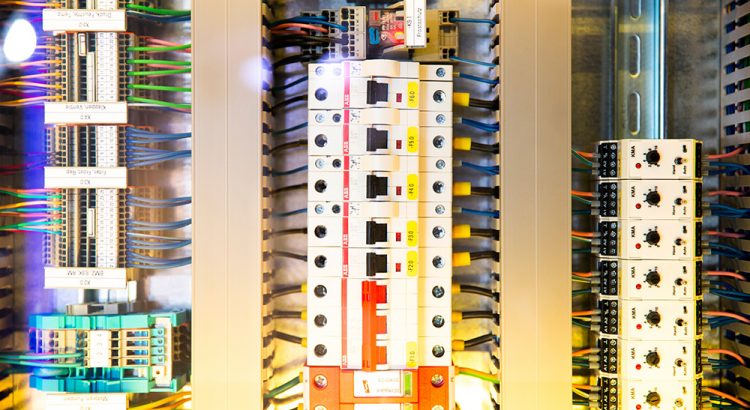Electrical engineers design, develop, test, and supervise the manufacture of electrical equipment. Some of this equipment includes electric motors; machinery controls, lighting, and wiring in buildings; automobiles; aircraft; radar and navigation systems; and power generation, control, and transmission devices used by electric utilities.
Low End Salary: $59,240/yrMedian Salary: $93,010/yrHigh End Salary: $146,820/yr |
 |
Education:
Engineers typically enter the occupation with a bachelor’s degree in mathematics or an engineering specialty, but some basic research positions may require a graduate degree. Most engineering programs involve a concentration of study in an engineering specialty, along with courses in both mathematics and the physical and life sciences. Engineers offering their services directly to the public must be licensed. Continuing education to keep current with rapidly changing technology is important for engineers.
Math Required:
College Algebra, Geometry, Trigonometry, Calculus I and II, Linear Algebra, Differential Equations, Statistics
When Math is Used:
There are three key reasons why mathematics is important for engineers:
1.The laws of nature (e.g., Maxwell's equations for electromagnetics, Kirchhoff's Rules for circuit analysis) are mathematical expressions. Mathematics is the language of physical science and engineering.
2.Mathematics is more than a tool for solving problems; mathematics courses can develop intellectual maturity.
3.Computers do not make traditional mathematical analysis obsolete! First, computer programs contain mathematical relations; understanding these relations is still necessary. Second, debugging computer programs is a difficult art. One of the best ways to validate a program is to compare the computer simulation to the analytical solution for the same situation. Knowledge of traditional mathematical analysis is essential for this method of validating computer programs. Third, it is relatively easy to write brute-force computer code that requires a long runtime and produces significant error, owing to accumulation of errors from the limited resolution of machine numbers. Great increases in both speed and accuracy can be obtained by using analytical solutions for parts of the problem, or by careful development of appropriate algorithms.
Potential Employers:
The industries that employ the largest numbers of electrical engineers are semiconductor and other electronic component manufacturing; scientific research and development services; navigational, measuring, electromedical, and control instrument manufacturing; electric power generation, transmission and distribution; and architectural, engineering, and related services.
Facts:
Electrical engineers use math in many ways in their career. They use math to help design and test electrical equipment. They use math to calculate amp and volt requirements for electrical projects. They use math in creating computer simulations and designs for new products.
Citations:
http://www.bls.gov/ooh/architecture-and-engineering/electrical-and-electronics-engineers.htmhttp://www.bls.gov/oes/current/oes172071.htmhttp://www.rbs0.com/math.htmhttp://www.directhit.com/shopping-answers/how_do_electrical_engineers_use_math

